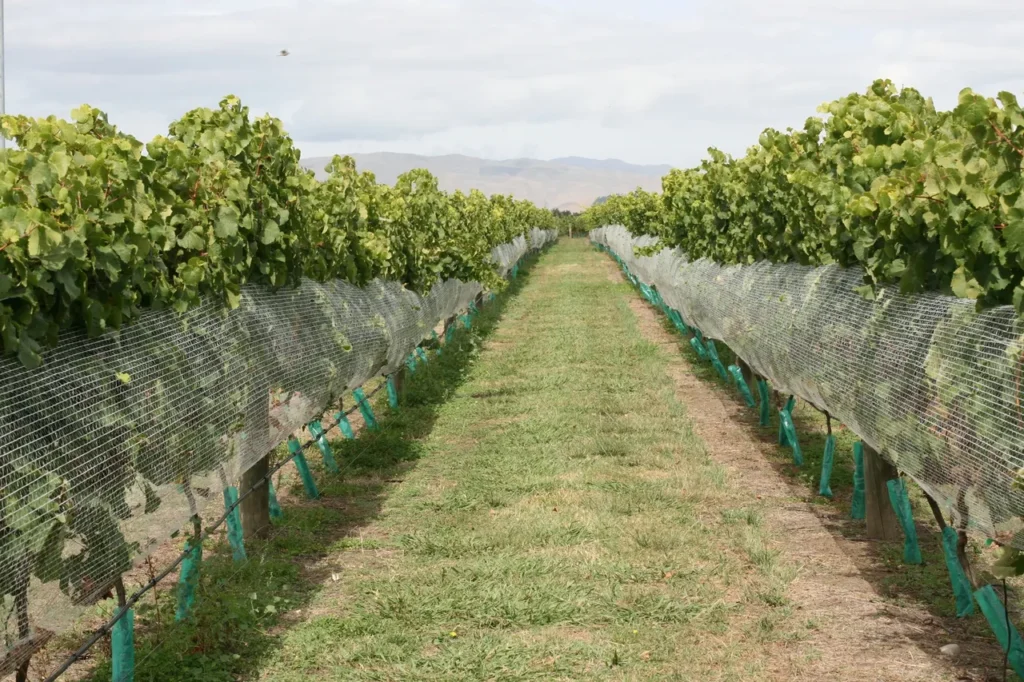
What is relational governance (and why should I care)?
A prediction – The heart of your job is to create and strengthen connection.
Your effectiveness in that job depends on your relational governance.
This statement is just as true for those in management roles (the focus of this article) as for those who have Board positions (the focus of a future article).
Think of the relationship as a vine. The governance framework is the trellis on which it grows.
How will this help me?
We know that people are more satisfied, more productive, and more loyal when they are connected with other people and with shared purpose.
Because of this, most leaders spend much of their energy trying to create an environment where connective tissue is strengthened. Organisations where:
- the purpose is explicit and widely understood and
- agreed values inform behaviour (‘the way we act around here’)
allow everyone to fulfil their responsibilities with clarity, knowing they are working towards shared goals, and building trust.
But this kind of neural network doesn’t just happen. Most of us have more personal experiences of clumsy command and control work environments than high performing/high trust teams. Deloitte reports that most people want to work with others in meaningful collaborations, yet the felt experience is often deflating.
Q: How do we intentionally create the frameworks and explicit norms that sustainably link a group of people with a shared purpose?
Read on.
Let’s spend 2 minutes on the definition
What is ‘governance’?
We often hear the term used in a board setting. The OECD defines corporate governance as:
a set of relationships between a company’s management, its board, its shareholders and other stakeholders. Corporate governance also provides the structure through which the objectives of the company are set, and the means of attaining those objectives and monitoring performance are determined.
Justice Owen, the Commissioner in the HIH Royal Commission (which examined considerable failures in corporate governance), described it as:
The framework of rules, relationships, systems and processes within and by which authority is exercised and controlled within corporations.
We should avoid the mistake of thinking only Boards exercise governance responsibilities. The Merriam-Webster dictionary defines governance as:
The act or process of governing or overseeing the control and direction of something (such as a country or an organisation)
Leaders throughout an organisation have responsibility for “overseeing … the direction of something“. They have governance responsibility for that something.

So governance involves:
- overseeing
- the framing of objectives (purpose)
- and the means of attaining them (values and strategy)
- that connects those involved in the shared pursuit in a systemic way
- and monitors performance.
But what is ‘relational‘ governance?
Effective relationships are at the heart of every organisation’s purpose, values and strategy. They require attention, monitoring and adjustment (that is, governance). It is just lazy to think that curating these relationships is an entirely intuitive exercise – it takes planning, design and execution, and can and should be measured and improved.
Developing and strengthening relationships occurs throughout every department in every organisation. It includes executives, team leaders, procurement, business development, sales, government relations… You get the idea.
Many of the mechanisms we use to regulate our relationships miss (and even undermine) the opportunity to strengthen connection. Think about contracts you work with for a moment:
- Do you think of them as relational documents?
- Do they intentionally and explicitly frame the shared objective and acknowledge the interdependence of those involved in securing it?
- Do they frame mechanisms to build trust and strengthen alignment as circumstances inevitably change?
- Or are they most useful when something goes wrong and the relationship is coming to an abrupt end and rights need to be enforced?
If your contracts do not frame and strengthen your relational systems, what do you have in place instead? What is supporting the vine?
Relational governance is what we put in place to intentionally invest in the relationships that define the capacity of our organisations to achieve their purpose.

Some examples
Relational governance frameworks have been developed and refined in all kinds of projects and contexts.
Some examples are:
- alliance agreements, which have been commonly used in complex public infrastructure projects to share opportunity and risk
- umbrella agreements, which can be framed to set out expected norms of behaviour over an extended customer/supplier relationship, with individual transactions being addressed efficiently in shorter form
- relational charters, which are jointly agreed codes of conduct between 2 or more participants in a collaboration. They start with expressing the shared purpose, and then frame the decision-making frameworks, information sharing mechanisms and agreed approaches to conflict.
Even joint venture and shareholder agreements have the capacity to be intentionally approached and structured relationally.
The key is to choose the approach that best serves all participants in the relationship to bring explicit clarity to the purpose, the norms of behaviour that will align individual choices, and to the allocation of responsibilities to achieve that purpose.
How do we monitor effectiveness?
Relational governance doesn’t stop at co-creating the trellis on which the vine grows. Once the framework is in place, good governance also requires evaluation of progress. How healthy is the vine?
Just as financial dashboards are part of every board pack, relational governance implies that data is gathered and reported to allow concerns to be spotted early and adjustments made. That’s where relational analytics comes in to assess the health of the connections established through the relational frameworks, and how effectively those connections are supporting the shared purpose.
If you reframe the heart of your job as creating and strengthening connection, you are both a student and a practitioner of relational governance.
